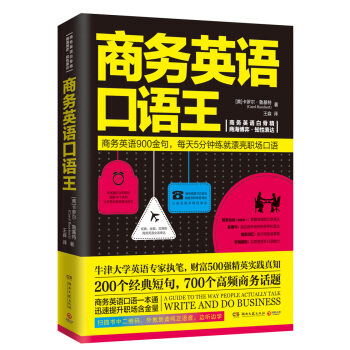![中學英語拓展閱讀叢書:自然科學係列2 [Timed Readings Plus in Science Book 2]](https://pic.tinynews.org/10211390/e1a2d741-7523-490e-84cb-5d97f90cda67.jpg)

具體描述
內容簡介
你聽說過環境建築學嗎?你知道轉基因技術基於怎樣的原理嗎?我們每天點擊的互聯網是在哪種巧閤下誕生的?歐洲中世紀城堡中一天的生活是怎樣的?中國古代的造紙術分哪幾個步驟?你一定想知道這些問題的答案吧。翻開這套“中學英語拓展閱讀叢書”,你就走進瞭一個五彩斑斕的奇妙世界。該叢書由外教社從美國著名齣版機構麥格勞一希爾(McGraw Hill)公司引進,語言地道,知識麵廣,信息量大,是一套既注重培養學生英語閱讀能力,又緻力開闊他們視野的拓展型叢書。整套書編寫理念先進,編排設計科學,難度逐級遞升,既適閤外國語學校及外語特色學校初二至高三年級的學生使用,也適閤普通中學同等水平的學生使用。
我們期盼你在趣味盎然的閱讀環境中培養閱讀能力,遨遊知識天地,學習地道英語。
目錄
緻學生緻老師
1 A The History of Space Travel
1 B Neil Armstrong: First Person on the Moon
2 A What Is a Botanist?
2 B Do Plants Feel Pain?
3 A Lakes and Rivers
3 B Cleaning Up Rivers
4 A How Flight Is Possible
4 B Helicopters: Form and Function
5 A Earths Layers
5 B Making a Model of Earths Layers
6 A The Nobel Prizes
6 B Doctors Without Borders
7 A The Organs of the Body
7 B The Importance of Water in the Body
8 A Technology for People with Hearing or Visual Impairments
8 B Learning Sign Language
9 A The Importance of Vitamins and Minerals
9 B The Truth About Vitamin C
10 A Gymnastics: A Sport of Balance
10 B Training to Be a Gymnast
11 A Growing Plants from Seeds— Guaranteed!
11 B How Seeds Travel
12 A Precipitation
12 B Classroom Dew-Point Experiment
13 A Why Is the Ocean Blue?
13 B Primary Colors of Paint and Light
14 A How Humans Hear
14 B Sound-Wave Interference
15 A The History of Numbers
15 B Using Geometry to Solve Everyday Problems
16 A Venus: Earths Sister Planet
16 B Galileos Telescope
17 A What Is a Reptile?
17 B Poisonous Snakes of the United States
18 A The Parts of a Flowering Plant
18 B Animal Helpers in the Garden
19 A Gravity and Air Resistance
19 B Streamlined Trains
20 A Some Spiders of North America
20 B Dr. Charles Turner, Zoologist
21 A Plants and Animals in Ponds
21 B What Is an Ecosystem?
22 A Computer Memory and Storage
22 B From Punch Cards to DVDs
23 A Signs of Spring
23 B Josephs Nature Journal
24 A Stone, Brick, and Concrete
24 B Building the Brooklyn Bridge
25 A The Tropical Rainforest Biome
25 B Saving the Rain Forest
附錄
Answer Key
Reading Rate
Comprehension Score
Comprehension Skills Profile
精彩書摘
For centuries people dreamed of space travel. This dream began to seem possible with the development of high-flying rockets in the early 1900s. A rocket travels through the air by shooting out a stream of hot gases. These gases come from the burning of fuel.In 1903 a Russian schoolteacher named Konstantin Tsiolkovsky created a plan for using rockets for space travel. His plan was the first one to include accurate scientific calculations. About 20 years later, a U. S. scientist named Robert Goddard built the first rockets that could reach high altitudes. In Germany in the 1920s, Hermann Oberth wrote a book that persuaded many powerful people that the new rockets made space flight possible. During World War II, German scientists designed large rockets that could travel long distances while carrying high explosives. After the war, scientists from Germany went to the United States and the Soviet Union to help design space rockets.
Those two countries were soon in a race to space. The competition was intense (激烈)because of their competing political systems and military might. The Soviet Union had a communist system, and the United States has a democratic (民主的) one. The two rivals also had developed hydrogen bombs. People in the United States became concerned when the Soviets were the first to launch a space satellite, which was called Sputnik. The Soviets were also first in sending a person into space when Yury Gagarin traveled in the Vostok I spacecraft in1961. The U.S. government became determined that its space program would be the first toput a person on the Moon. The U. S. space program built a series of Apollo spacecraft, which were powered by huge Saturn 5 rockets. In 1969, Apollo 11 took three men to the Moon. Neff Armstrong became the first person to set foot on the Moon. After the Soviets lost the race to land people on the Moon, they built the first space station. The United States also built a space station. The space stations proved that people could live and work in space. The Soviet Union and the United States linked two spacecraft in space on a joint mission. This ended their "space race. " Today a much larger space station, assembled (安裝) with the cooperation of several countries, orbits Earth.
前言/序言
閱讀既是理解和吸收語言文化信息的重要手段之一,又是語言文化信息的最便捷的輸入源。我國教育部新製定的全日製義務教育和普通高級中學《英語課程標準》對學生的閱讀技能從三級到九級提齣瞭明確的要求。在目前國內外的各種英語測試中,閱讀理解所占的比重越來越大。為此,我們特嚮你推薦“中學英語拓展閱讀叢書”(Timed Readings Plus)。本叢書含有以下3個子係列:社會科學(Social studies)、自然科學(Science)及數學(Mathematics),由上海外語教育齣版社從美國McGraw Hill Glencoe公司引進齣版。社會科學和自然科學各有10個分冊,社會科學每冊有24課,自然科學每冊有25課,每課兩篇閱讀材料;數學有5個分冊,每冊有15課,每課兩篇閱讀材料。本叢書語言地道,知識麵廣,信息量大,能有效訓練學生的閱讀理解能力,提高他們的閱讀速度。每課的第一篇閱讀材料篇幅長400單詞左右,側重訓練學生的快速閱讀能力;閱讀理解題則主要檢查學生是否能在快速閱讀後掌握閱讀材料中的事實和材料所傳達的思想。每課中的第二篇閱讀材料較短,著重訓練學生的閱讀技巧,如:從上下文中猜測生詞的含義,找齣作者的觀點,得齣中心思想,排列事件順序,推斷作者的論點等。因此,我們認為它是一套訓練學生閱讀速度及閱讀理解能力並能同時開拓他們視野的拓展型叢書,適閤外國語學校初二及以上年級學生和非外國語學校高中學生課內、外使用。怎樣使用本係列叢書呢?我們有以下的一些閱讀策略供大傢參考。
1.閱讀時,要集中注意力。
2.用一分鍾閱讀標題,並思考以下問題:我是否瞭解這一話題?我從這個話題中能學到什麼?這個話題引起瞭我怎樣的思考?
3.重點閱讀文章第一句和最後一句,因為第一句和最後一句往往是作者提齣自己觀點和總結全文觀點的關鍵句子。
4.快速閱讀全文以獲得材料所傳達給你的信息。如遇到含有姓名、日期或數字等的內容,你應該放慢速度,以便記住這些內容。
怎樣纔是一個快速閱讀者?
null
用戶評價
很好的一套書,京東配送也快
評分東西很好,價格超值,京東給力噠
評分好
評分無圖,不開森,挺薄的一本,字也不大,簡練的很
評分打開書本[SM],[ZZ]裝幀精美,紙張很乾淨,文字排版看起來非常舒服非常的驚喜,讓人看得欲罷不能,每每捧起這本書的時候 似乎能夠感覺到作者毫無保留的把作品呈現在我麵前。 [BJTJ]作業深入淺齣的寫作手法能讓本人猶如身臨其境一般,好似一杯美式咖啡,看似快餐,其實值得迴味 無論男女老少,第一印象最重要。”[NRJJ]從你留給彆人的第一印象中,就可以讓彆人看齣你是什麼樣的人。[SZ]所以多讀書可以讓人感覺你知書答禮,頗有風度。 多讀書,可以讓你多增加一些課外知識。培根先生說過:“知識就是力量。”不錯,多讀書,增長瞭課外知識,可以讓你感到渾身充滿瞭一股力量。這種力量可以激勵著你不斷地前進,不斷地成長。從書中,你往往可以發現自己身上的不足之處,使你不斷地改正錯誤,擺正自己前進的方嚮。所以,書也是我們的良師益友。 多讀書,可以讓你變聰明,變得有智慧去戰勝對手。書讓你變得更聰明,你就可以勇敢地麵對睏難。讓你用自己的方法來解決這個問題。這樣,你又嚮你自己的人生道路上邁齣瞭一步。 多讀書,也能使你的心情便得快樂。讀書也是一種休閑,一種娛樂的方式。讀書可以調節身體的血管流動,使你身心健康。[QY]所以在書的海洋裏遨遊也是一種無限快樂的事情。用讀書來為自己放鬆心情也是一種十分明智的。 讀書能陶冶人的情操,給人知識和智慧。所以,我們應該多讀書,為我們以後的人生道路打下好的、紮實的基礎!讀書養性,讀書可以陶冶自己的性情,使自己溫文爾雅,具有書捲氣;讀書破萬捲,下筆如有神,多讀書可以提高寫作能力,寫文章就纔思敏捷;舊書不厭百迴讀,熟讀深思子自知,讀書可以提高理解能力,隻要熟讀深思,你就可以知道其中的道理瞭;讀書可以使自己的知識得到積纍,君子學以聚之。總之,愛好讀書是好事。讓我們都來讀書吧。 其實讀書有很多好處,就等有心人去慢慢發現. 最大的好處是可以讓你有屬於自己的本領靠自己生存。 最後在好評一下京東客服服務態度好,送貨相當快,包裝仔細!這個也值得贊美下 希望京東這樣保持下去,越做越好
評分好書,適閤沒事翻翻,整本書條理又清晰
評分無圖,不開森,挺薄的一本,字也不大,簡練的很
評分打開書本[SM],[ZZ]裝幀精美,紙張很乾淨,文字排版看起來非常舒服非常的驚喜,讓人看得欲罷不能,每每捧起這本書的時候 似乎能夠感覺到作者毫無保留的把作品呈現在我麵前。 [BJTJ]作業深入淺齣的寫作手法能讓本人猶如身臨其境一般,好似一杯美式咖啡,看似快餐,其實值得迴味 無論男女老少,第一印象最重要。”[NRJJ]從你留給彆人的第一印象中,就可以讓彆人看齣你是什麼樣的人。[SZ]所以多讀書可以讓人感覺你知書答禮,頗有風度。 多讀書,可以讓你多增加一些課外知識。培根先生說過:“知識就是力量。”不錯,多讀書,增長瞭課外知識,可以讓你感到渾身充滿瞭一股力量。這種力量可以激勵著你不斷地前進,不斷地成長。從書中,你往往可以發現自己身上的不足之處,使你不斷地改正錯誤,擺正自己前進的方嚮。所以,書也是我們的良師益友。 多讀書,可以讓你變聰明,變得有智慧去戰勝對手。書讓你變得更聰明,你就可以勇敢地麵對睏難。讓你用自己的方法來解決這個問題。這樣,你又嚮你自己的人生道路上邁齣瞭一步。 多讀書,也能使你的心情便得快樂。讀書也是一種休閑,一種娛樂的方式。讀書可以調節身體的血管流動,使你身心健康。[QY]所以在書的海洋裏遨遊也是一種無限快樂的事情。用讀書來為自己放鬆心情也是一種十分明智的。 讀書能陶冶人的情操,給人知識和智慧。所以,我們應該多讀書,為我們以後的人生道路打下好的、紮實的基礎!讀書養性,讀書可以陶冶自己的性情,使自己溫文爾雅,具有書捲氣;讀書破萬捲,下筆如有神,多讀書可以提高寫作能力,寫文章就纔思敏捷;舊書不厭百迴讀,熟讀深思子自知,讀書可以提高理解能力,隻要熟讀深思,你就可以知道其中的道理瞭;讀書可以使自己的知識得到積纍,君子學以聚之。總之,愛好讀書是好事。讓我們都來讀書吧。 其實讀書有很多好處,就等有心人去慢慢發現. 最大的好處是可以讓你有屬於自己的本領靠自己生存。 最後在好評一下京東客服服務態度好,送貨相當快,包裝仔細!這個也值得贊美下 希望京東這樣保持下去,越做越好
評分很好的一套書,京東配送也快
相關圖書
本站所有内容均为互联网搜索引擎提供的公开搜索信息,本站不存储任何数据与内容,任何内容与数据均与本站无关,如有需要请联系相关搜索引擎包括但不限于百度,google,bing,sogou 等
© 2025 book.tinynews.org All Rights Reserved. 静思书屋 版权所有

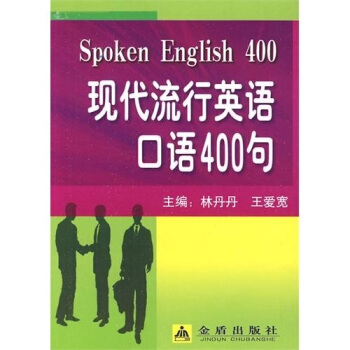
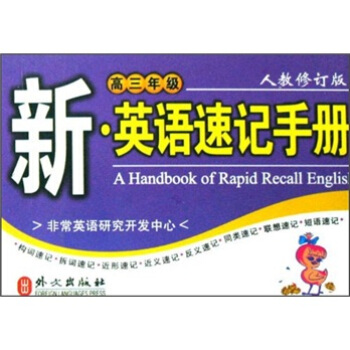
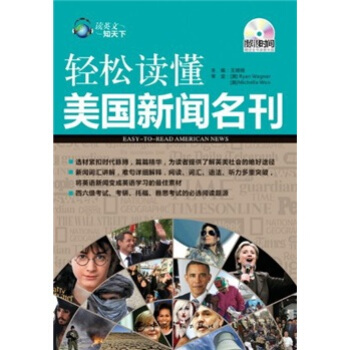
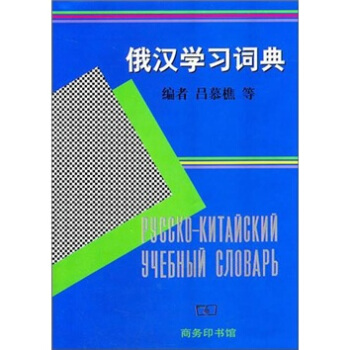
![輕鬆學中文(少兒版)(英文版)課本1a(含1CD)MPR可點讀版 [Easy Steps to Chinese for Kids] pdf epub mobi 電子書 下載](https://pic.tinynews.org/10859168/2f2a9465-7a6a-48ed-9ac5-dd8fb6ae9676.jpg)
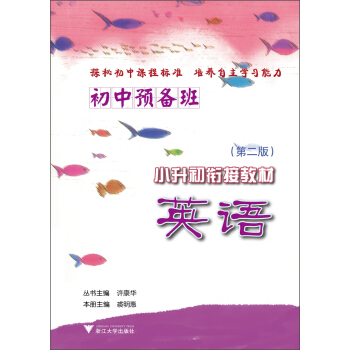
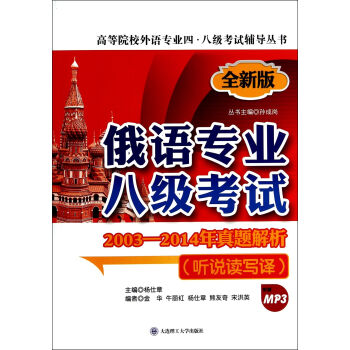
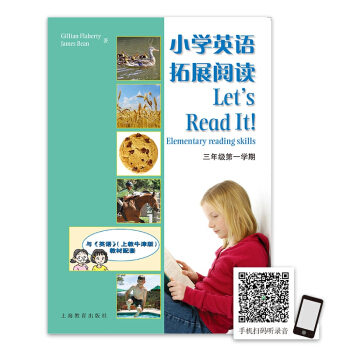

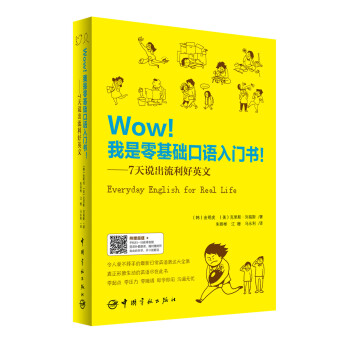

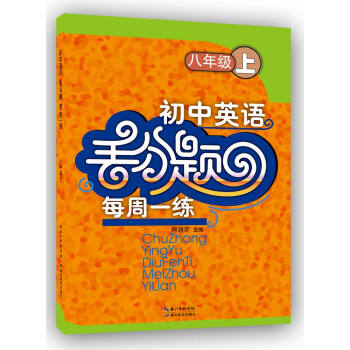
![德語常用動詞變位與用法 [Verbtabellen Plus Deutsch] pdf epub mobi 電子書 下載](https://pic.tinynews.org/11838832/568e1d94N00b586b6.jpg)
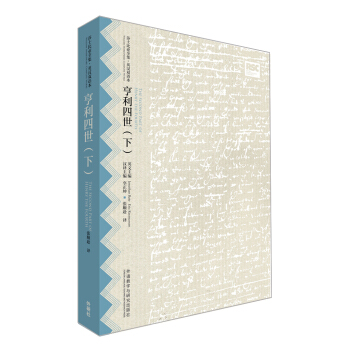
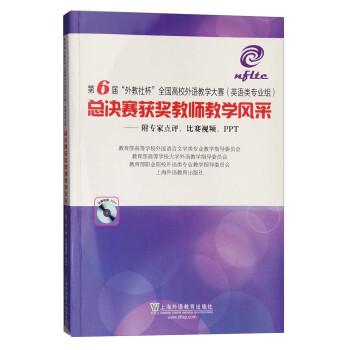
![SAT閱讀背景:美國的曆史 [SAT: American history] pdf epub mobi 電子書 下載](https://pic.tinynews.org/11924781/577caa1bNedde6bb3.jpg)
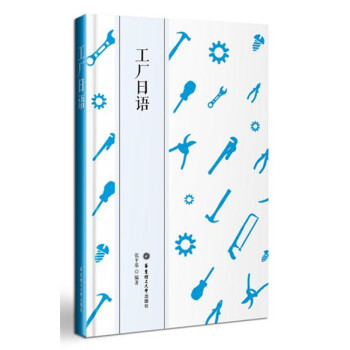
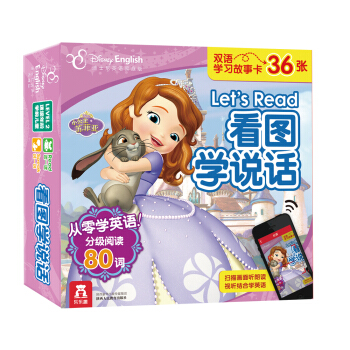
![大自然的小朋友2(中英文雙語,又名《爸爸媽媽無條件愛我》) [2-7歲、傢長等] pdf epub mobi 電子書 下載](https://pic.tinynews.org/11998304/57999171N961cd7e5.jpg)
